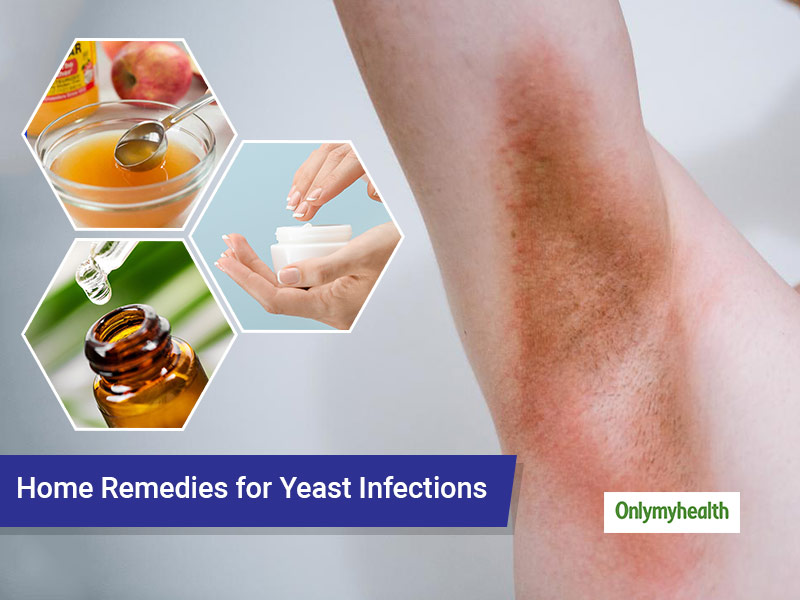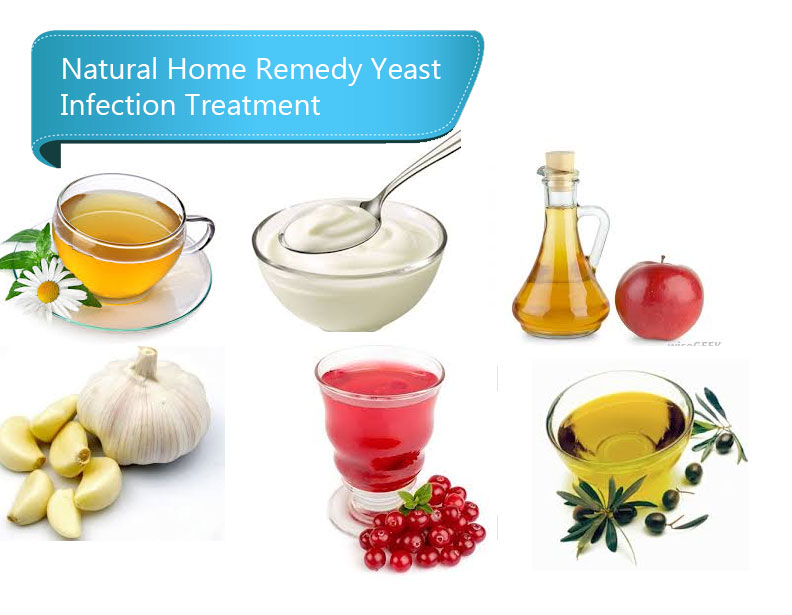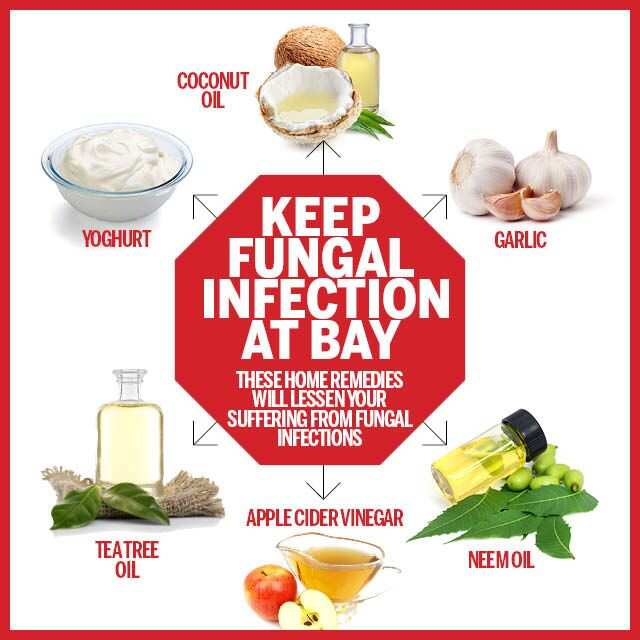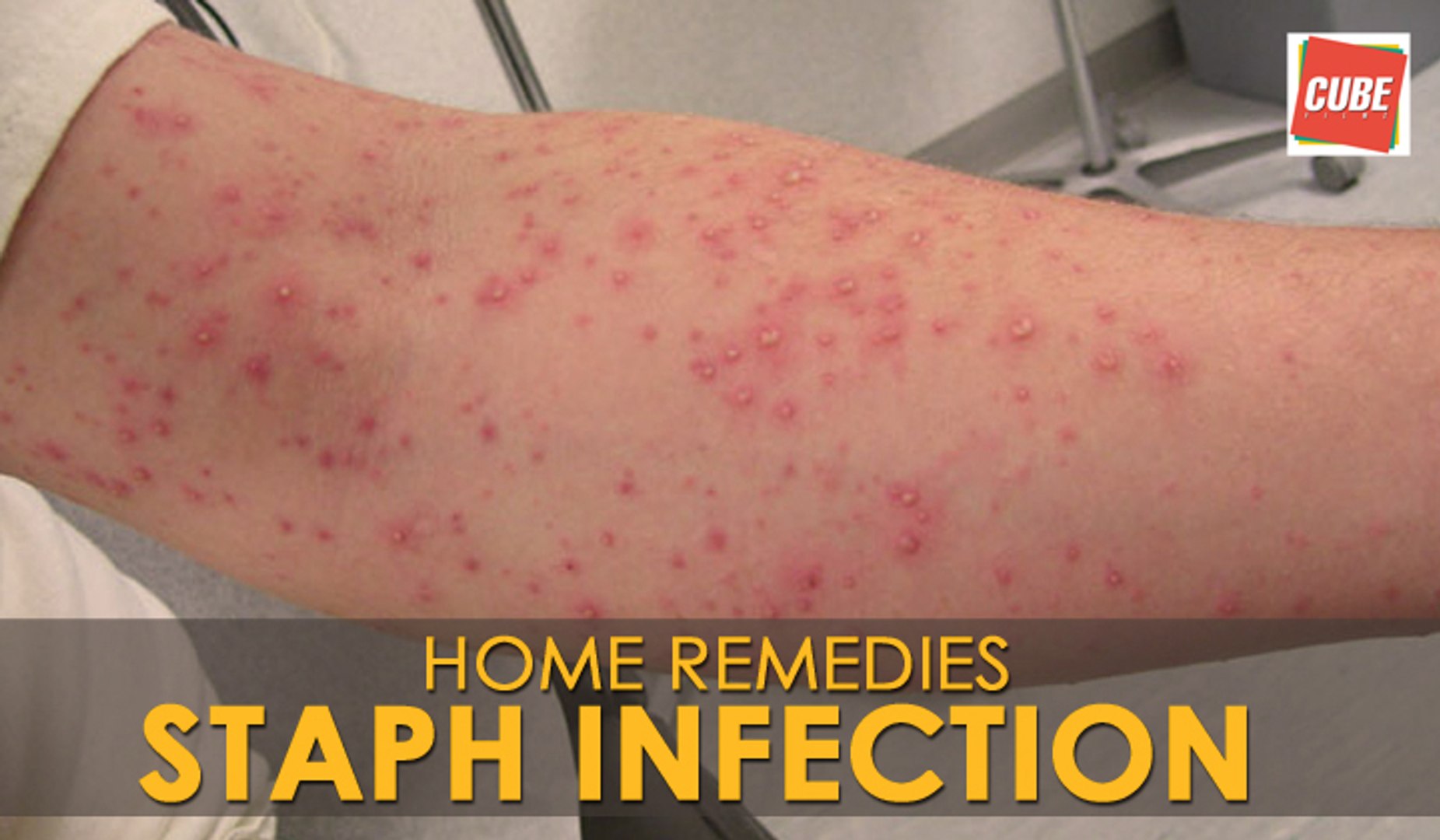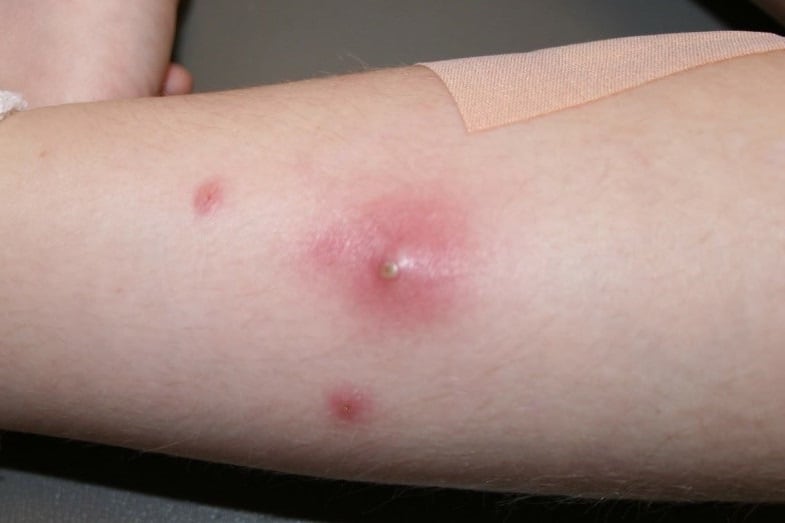Cool Info About How To Cure Skin Infections
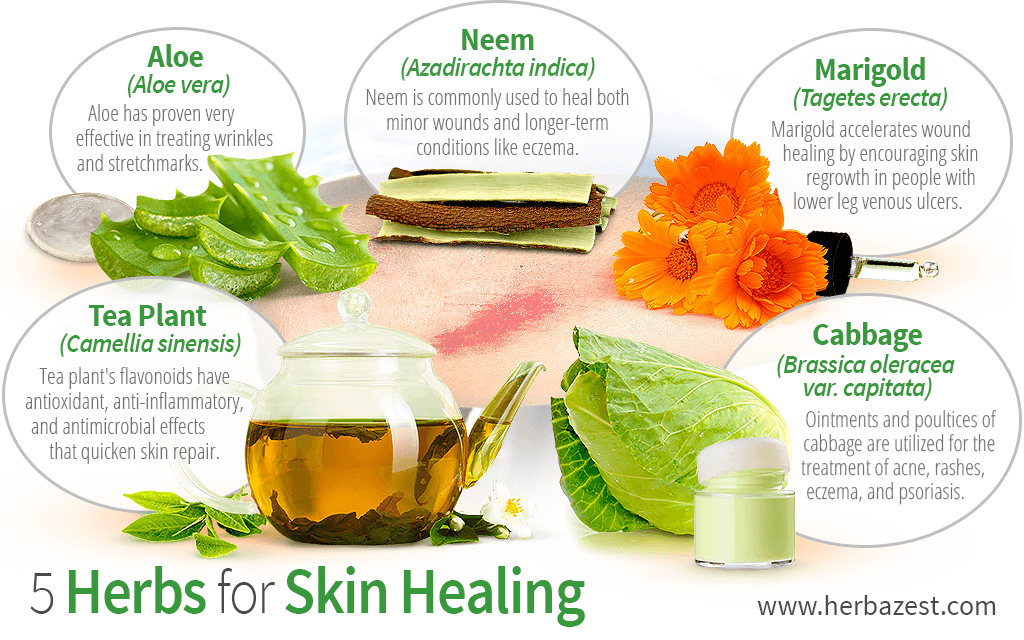
A small number of those cause skin infections.
How to cure skin infections. But sometimes the germs can cause a skin infection. Symptoms typically disappear a few. Treatment how to feel better prevention is your skin swollen, red, and tender to the touch?
Types of skin infections there are four types of germs that can. Experience incontinence (for example, babies getting diaper rashes). One of the easiest ways to prevent the infection of skin is to practice good hand hygiene such as washing your hands frequently.
Bacterial skin infections bacterial skin infections occur when bacteria enter the skin, either from an outside source or because they are present on the skin. Skin infections learn about the different types of bacterial, fungal, and viral skin infections. Your skin is your body's largest organ.
The rash can also look different on different skin tones or on the skin of babies, children, adults, or older adults. Bacterial skin infections leprosy carbuncles staph infection cellulitis impetigo boils. A weakened immune system as a.
Cellulitis treatment usually includes a prescription oral antibiotic. Treatment may include topical or oral antibiotics. Skin infection symptoms if you think your skin may be.
Some yeast infections will go away on their own. The look of a bacterial skin rash was vary based not only on the type of bacteria involved but also on the location of the rash, the severity of the infection, and, the layer of skin affected. Viral infections are more difficult to treat, although some can be treated with an oral antiviral medication.
Can your body fight skin infection without antibiotics? Skin infections occur when bacteria infect the skin and sometimes the deep tissue beneath the skin. Bacteria cause acute infections, while chronic infections are most frequently associated with fungus.
Severe forms of infections might require medical attention. Avoid scratching the area, as it can spread the rash. Antifungal creams should be applied directly to the infected skin, usually 2 or 3 times a day, and they’ll clear up an infection within a week.
Topical treatments are the most effective way to treat the majority of fungal infections. While your symptoms may be uncomfortable, fortunately, there are several treatment options available that can help you heal. 1 keep your hands clean to reduce skin infections.
Experts classify bacterial skin infections as skin and soft tissue infections (ssti) or acute bacterial skin and skin structure. Symptoms include redness, pain, warmth, and redness. Try a new skin care product.



